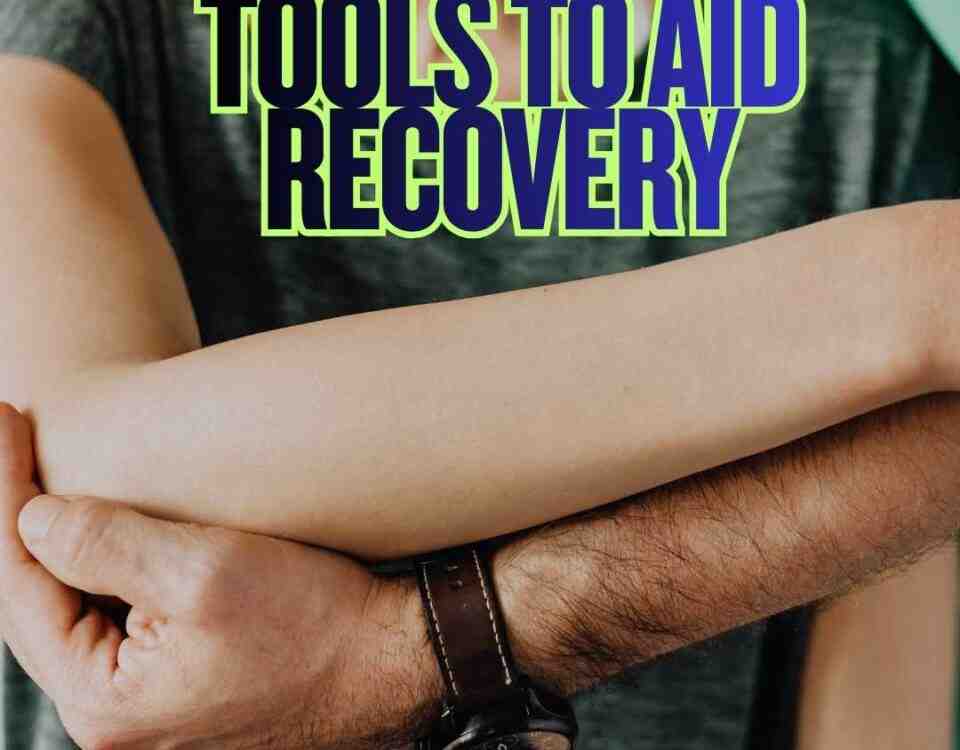Stiffness Following a MVA Accident

The MVA Time Bomb
April 28, 2025
Hidden Brain Bruise
April 28, 2025- Accident doctor
- accupuncture
- airplane headache
- alzheimer's
- best habits
- Brain Injuries
- car accident
- car accidents
- cervical strain
- colds
- concussion
- Concussions
- disc bulge
- dosage meds
- dry needling
- dull pain
- E bike injuries
- florida
- good posture
- headaches
- Headrest positions
- Headrest positions after an accident
- Healthy choices
- Healthy flying
- healthy gift guide
- Healthy SPring Ideas
- hip pain
- hyperextension
- injury doctor
- insurance
- Kayaking
- kentucky
- kids motion sickness
- lifestyle
- motion sickness
- neck injury
- no fault insurance doctor
- noise healing
- osteoporosis
- pain symptoms
- pink noise
- posterior chain
- posture
- prevent osteoporosis
- Rest
- Scoliosis
- shoulder pain
- Stress with kids after a motor vehicle accident
- TBI
- tips
- tmj
- torn muscle
- Traumatic Brain Injury
- trigger points
- VitaminD
- What are Post Traumatic headaches?
Stiffness Following MVA
One of the first things people notice following motor vehicle accidents (MVAs) is the inability to move around without feeling stiff. Stiffness from a crash makes reaching, bending, or turning painful and slow. It can hit in any of the areas within the body and sometimes waits for days before showing up. At Chambers Medical Group, one of the highest rated car accident medical care providers in Kentucky, we see patients frustrated by limited motion, because it interferes with their day-to-day activities. How do MVAs cause stiffness, and why does it last?
Dr. Aaron Workman of Chambers Medical Group explains what restricts your joints, muscles and how to regain your range of motion.
Stiffness Mechanics
A crash strains muscles, ligaments, or joints, triggering scar tissue that can tighten up the areas surrounding trauma. Whiplash stiffens your neck, or arms braced for impact can stiffen up the elbows or shoulders. Scar tissue, typically collagen I, begins to form in the first few days following an accident, and continues over the next several weeks. It starts shortening muscles and tendons as it repairs these soft tissues and lasts for months to years following. A construction worker can come in unable to raise his arm weeks following a rear-end crash. His shoulder stiffness likely developed from muscle tears that scarred, unnoticed and untreated for weeks. Joints lose hyaluronic acid from inflammation, increasing cartilage friction, leading to pain, stiffness, and accelerated damage.
Why It Builds
Stiffness grows when injuries heal unevenly. Scar tissue thickens without stretching, limiting flexibility after about a month following an MVA. Inflamed joints lose fluid, causing decreased motion. Resting areas too long due to their discomfort ends up shortening the tissues leading to more stiffness. Overusing sore joints, like lifting or working through pain can add more scarring. Sometimes this stiffness is related to the phrase, “I think it’s just from being old.” It is important to ask yourself how you felt before an accident and what activities you did without issue. Many will miss the link unless it is brought up to them in a clinical setting.
Missing the Signs
Patients mistake stiffness for minor problems. Minor crashes seem too small for long-term problems, leading to delayed care. I recently had a young lady that had an accident 6 months ago that had put her injuries off as long as she could, and they never went away. There was so much stiffness within her neck she had lost 50% of her movement. This had become the new normal in her early 20’s. It was eye opening when I mentioned early arthritis and degeneration due to missing the signs of stiffness and how that has led to a decreased range of motion. Untreated stiffness risks chronic pain or permanent motion loss, worsened by existing joint damage.
Early care prevents chronic stiffness. At Chambers Medical Group we test range of motion, muscle strength, and joint restrictions to find problem areas. Once found we can incorporate therapeutic exercises and various modalities to start the road back to normal movement again. Pain and swelling are just one sign of trauma, but stiffness is also your body’s way of letting you know something is wrong. If you find yourself stiff and unable to move following an MVA, the Doctors at Chambers Medical Group can help. With the right treatment you should be able to move towards a normal life again.
— This article is written by Aaron Workman, DC, one of the members of Chambers Medical Group’s team of car accident chiropractors who offer a variety of treatments and therapies ranging from diagnostic testing to various soft tissue therapies for car accidents and injuries in Kentucky.
- Car Accident Medical Clinic in Tampa
- Car Accident Medical Clinic in Plant City
- Car Accident Medical Clinic in Brandon
- Car Accident Medical Clinic in Lakeland
- Car Accident Medical Clinic in Sarasota
- Car Accident Medical Clinic in Louisville
- Car Accident Medical Clinic in Lexington
- Car Accident Medical Clinic in Florence




